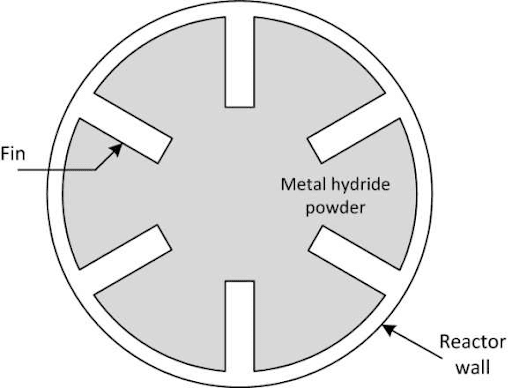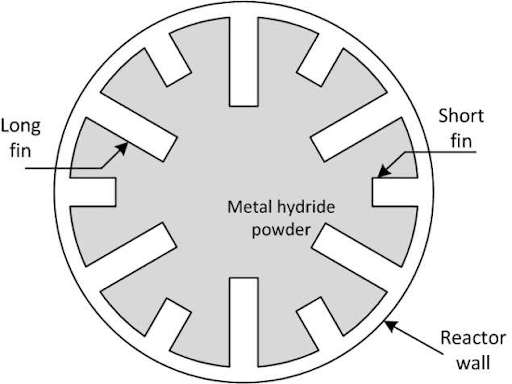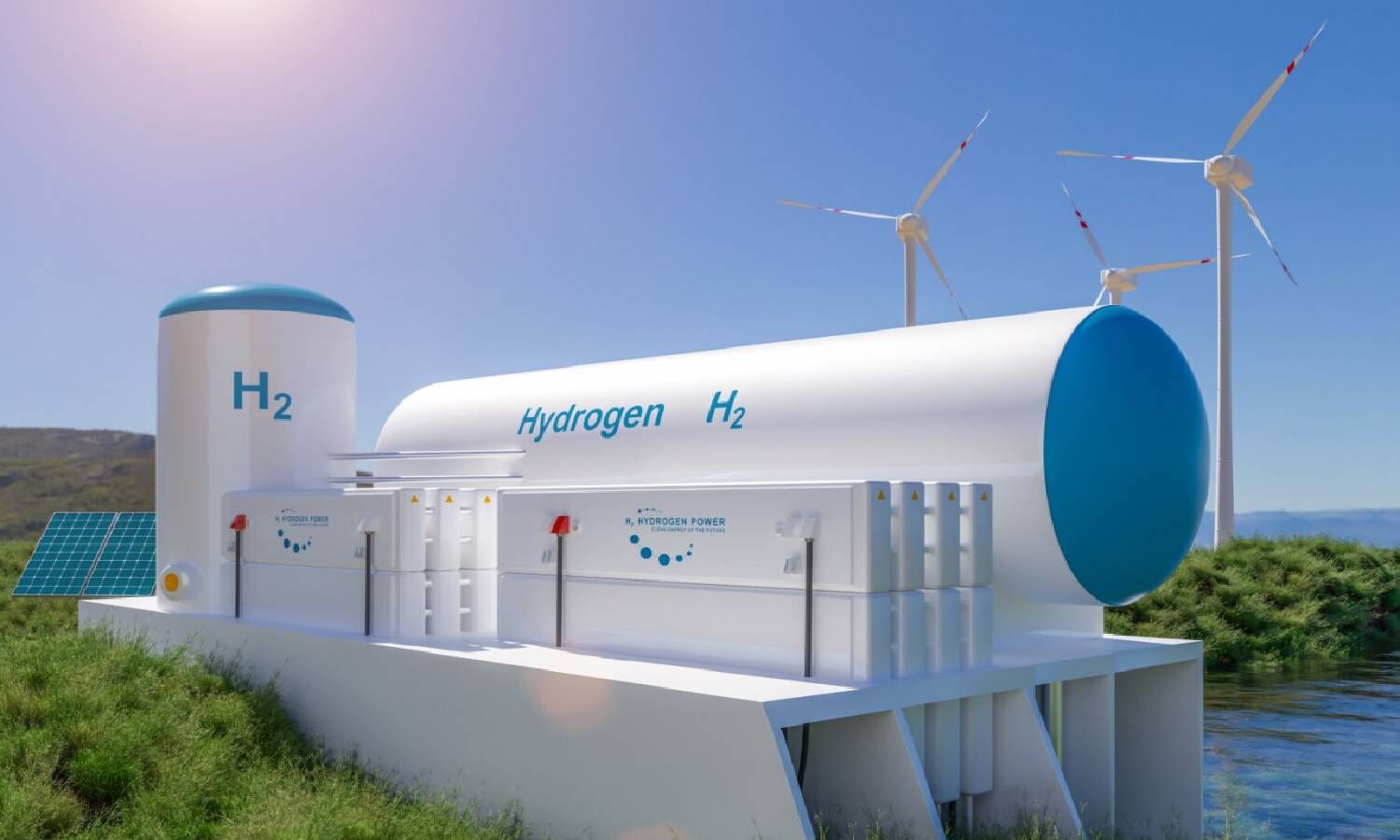In the intricate world of green energy, Vamsi Kukkapalli stands as a visionary engineer who crafts innovative solutions for metal hydride reactors, unearthing pathways to enhanced hydrogen storage and energy efficiency. Through a detailed analysis of his technical work presented in various research papers, we delve into Kukkapalli’s extraordinary contributions and their profound impact on shaping the future of sustainable energy. Metal hydrides are crucial for hydrogen storage due to their ability to store hydrogen efficiently and safely. They allow for high-density hydrogen storage in a compact space, enhance safety by storing hydrogen within solids, and enable storage at lower pressures, reducing infrastructure costs. Additionally, metal hydrides possess thermal management capabilities and offer reversibility for repeated storage and release cycles. Vamsi Kukkapalli’s pioneering work in this field advances the understanding and optimization of metal hydride systems, driving the practical use of hydrogen as a clean energy carrier for various applications, from transportation to energy storage.
One of Kukkapalli’s pioneering studies, “Optimizing Heat Transfer in Metal Hydride Reactors for Enhanced Hydrogen Storage,” draws attention to his meticulous approach. By skillfully manipulating the aspect ratio of fins, while maintaining a fixed volume fraction ratio, Kukkapalli identified the optimal conditions to simultaneously improve the cooling process time and reduce hotspot temperatures. Through a simulation-driven exploration of two cooling cases, he unveiled how the geometric intricacies of these fins play a pivotal role in the reactor’s performance. The revelations not only enhance the cooling efficiency but also pave the way for simplified manufacturing processes.
A comparison of the two cooling cases reinforces Kukkapalli’s findings. A standout observation involves the remarkable reduction in process time to reach 15°C. With external convective cooling with coolant in tube with fins, case (ii) significantly outperforms case (i) by 50% faster cooling time, which is coolant with refrigerant circulating inside tube with fins showcasing the significance of Kukkapalli’s design considerations. Moreover, his insights into maximizing heat transfer performance with a limited number of fins address both efficiency and practicality concerns.
Kukkapalli’s technical prowess also shines through in “Metal Hydride Reactor Design Optimization for Hydrogen Energy Storage.” Here, he ventures into the realm of reactor design, investigating the impact of various parameters on charging rates. Through a comprehensive analysis of heat exchange tubes and the strategic addition of fins, Kukkapalli uncovers the key to accelerating hydrogen storage processes.
New Construct reactor designs developed by V.K. Kukkapalli to enhance the hydrogen energy storage


Conclusion
In conclusion, Vamsi Kukkapalli’s technical investigations stand as pillars of innovation in the realm of green energy solutions. His diligent studies not only unravel the complexities of metal hydride reactors but also present practical design considerations that bridge efficiency and manufacturability. Through his contributions, the future of sustainable energy storage becomes brighter, setting the stage for a more environmentally conscious and energy-efficient world.
References:
“Kukkapalli, V.K.; Kim, S. Optimization of Internal Cooling Fins for Metal Hydride Reactors. Energies 2016, 9, 447. https://doi.org/10.3390/en9060447”
Kukkapalli, Vamsi Krishna, and Sun Woo Kim. “Metal Hydride Reactor Design Optimization for Hydrogen Energy Storage.” Key Engineering Materials 708 (September 2016): 85–93. https://www.scientific.net/KEM.708.85
“Kukkapalli, V.K.; Kim, S.; Thomas, S.A. Thermal Management Techniques in Metal Hydrides for Hydrogen Storage Applications: A Review. Energies 2023, 16, 3444. https://doi.org/10.3390/en16083444”
For Additional Information, Contact:
vkukkapalli@alaska.edu, V.K. Kukkapalli, University of Alaska Fairbanks, Department of Mechanical Engineering, Fairbanks, Alaska, United States.



































